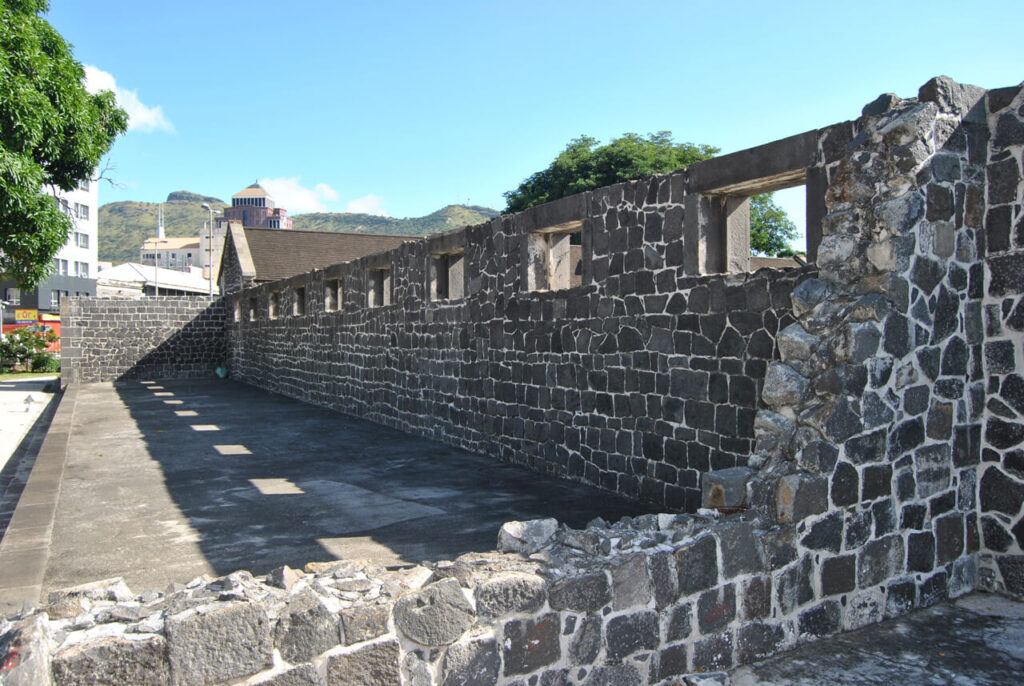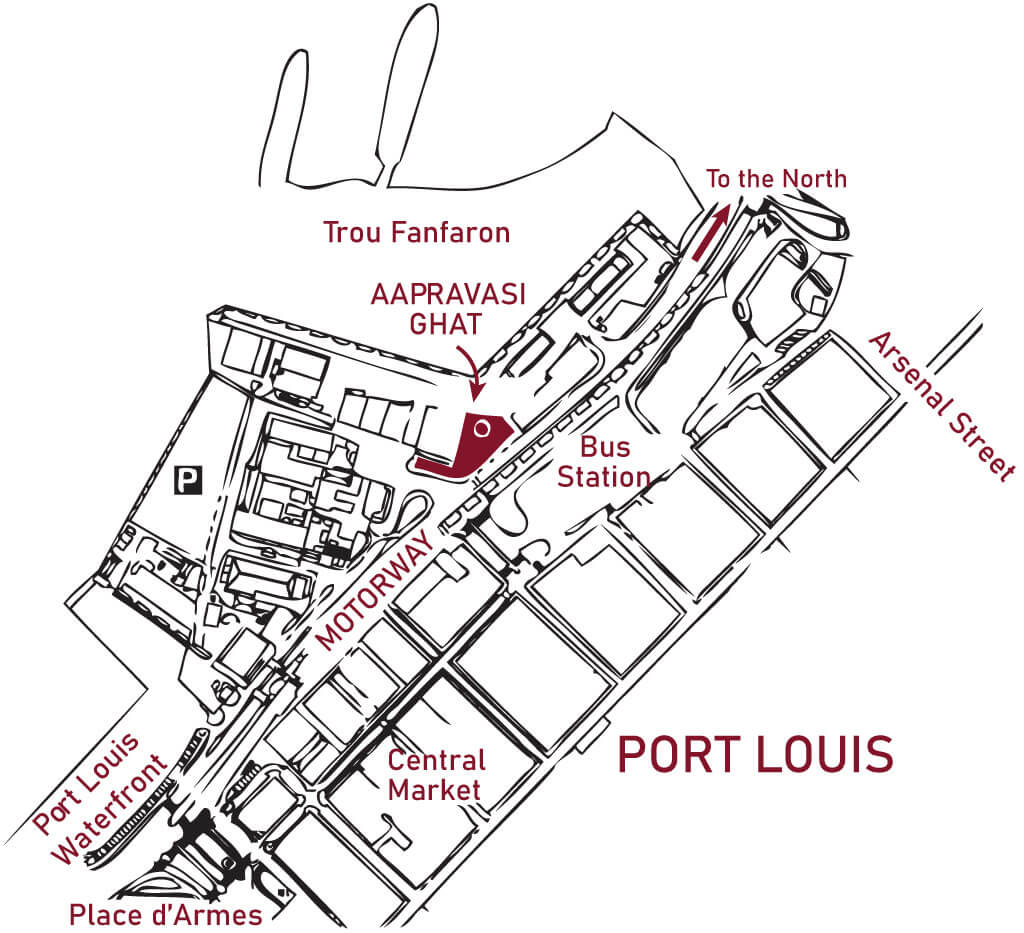Chand Ramgoolam | Director, Aapravasi Ghat
If any Mauritian hasn’t visited the Aapravasi Ghat, then the Aapravasi Ghat will itself come to him. In a nutshell, this is the vision of Chand Ramgoolam, the forward looking director of one of our Republic’s most emblematic historical sites.
Mr Ramgoolam, you are the new director of Aapravasi Ghat, a site which is classified as a world heritage site by UNESCO. What makes this place so unique and exceptional?
The Aapravasi Ghat is a unique place in time and space where almost half a million Indian and non-Indian immigrant men, women, and children first set foot on the Mauritian soil. They consist of the ancestors of 80% of all Mauritians. Aapravasi Ghat is the best preserved indenture site and the only one of its kind present on the UNESCO list. Along with Le Morne Heritage Site, it has contributed a lot in the long and complex process of nation-building and forms a cornerstone of our Mauritian cultural heritage. It was decreed a national heritage in April 1987. Formerly known as Coolie Ghat, it was re-named, Aapravasi Ghat in April 1989, and became a world heritage site on 16 July 2006.
The Aapravasi Ghat is the most important surviving manifestation of the indentured labour system that existed in the colonial plantation world during the 19th and early 20th centuries. It represents the beginning of “the Great Experiment” initiated by the British Government after the abolition of slavery to demonstrate the superiority of ‘free’ labour over slave labour to the world. Under this scheme, Mauritius was the first colony to receive indentured labourers and it was at the Aapravasi Ghat that these indentured immigrants landed and where an Immigration Depot was built. The success of this ‘Experiment” in Mauritius ensured that indentured labour immigration was replicated in other European colonies around the world.
Mauritius is today a peaceful and multicultural country. From where did the ancestors of Mauritians who transited this historical place of the port come from?
Mauritius is a nation that is comprised of immigrants that came from Europe, Asia and Africa. During the course of the seventeenth, eighteenth and nineteenth centuries, three different European colonial powers as well as European colonists have introduced free and unfree labourers. Between the 1830s and early 1900s, the British and Franco-Mauritian planters imported hundreds of thousands of indentured workers from India, Eastern Africa, South East Asia, Madagascar, Aden, Sri Lanka and China.
Around 97% of all the immigrants were from India and 3% from different parts of the Indian Ocean. The Indians came from all the parts of South Asia, as far away as Kashmir, Assam, Rajasthan, Baluchistan, and Afghanistan. They were Hindus, Muslims, Buddhists, and Christians and Tribals amongst others. And they represented many linguistic groups and regions. Compared to the indentured populations of other colonies such as La Reunion, South Africa, Fiji, Guyana, and Trinidad and elsewhere, those who came to Mauritius were from much more diverse origins. The Aapravasi Ghat Trust Fund (AGTF) has organized conferences, seminars, and published works to disseminate both the stories of Indian and non-Indian immigrants.
The Aapravasi Ghat is located next to the future slavery museum. Do you plan to organize joint events or exhibitions?
AGTF has already been cooperating with the ISM for more than a year and a half now. AGTF has provided manpower such as its workers and technicians and logistical support to the ISM and played an important role in making its first major exhibit possible and a success. The April heritage activity or the ICOMOS Day for Monuments and Sites will be a partially joint activity between AGTF and the ISM. I am sure that we will be having more activities during the course of the year as we have planned. AG and the Military Hospital are places of shared history and heritage of slavery and indenture are located next to one another. They complement one another and allow us to engage in intercultural dialogues between these two historic sites which embody two different painful periods of Mauritian history which are little known to date.
How is this exceptional site preserved despite the major infrastructural developments of Port Louis?
Despite development pressures, the Aapravasi Ghat Conservation Project took place between 2004 and 2010. It is the first major heritage conservation project of its kind where millions of rupees and where local and foreign expertise was used and has served as a model for other projects such as for the Vagrant Depot in 2011 and Trianon in 2019. The site forms part of the core area of the buffer zone and its historic and heritage cachet has been preserved in line with the PPG or the Planning Policy Guidance which was adopted by the Government in 2011.
At the AGWHS and in its buffer zone, the PPG allows for the striking of right balance between conservation of heritage and development projects which promote business. This has been done for almost a decade and can clearly be seen in the recent extensions and renovation of some buildings such as the MCB building and the Plantation House are vivid examples.
What is the mission of the Aapravasi Ghat Trust Fund?
The mission of AGTF is to:
- To establish and promote the Aapravasi Ghat as a national, regional and international memorial site;
- To preserve and restore the aesthetic and architectural aspects of the Aapravasi Ghat;
- To maintain a museum at Aapravasi Ghat and create public awareness of the history of the site;
- To promote social and cultural aspects of the Aapravasi Ghat;
- To encourage and support projects and publications related to the Indentured Labour system;
- To establish links with appropriate national, regional and international organizations and;
- To identify and acquire sites, buildings and structures linked with the history of the arrival of immigrants in Mauritius






Comments are closed.